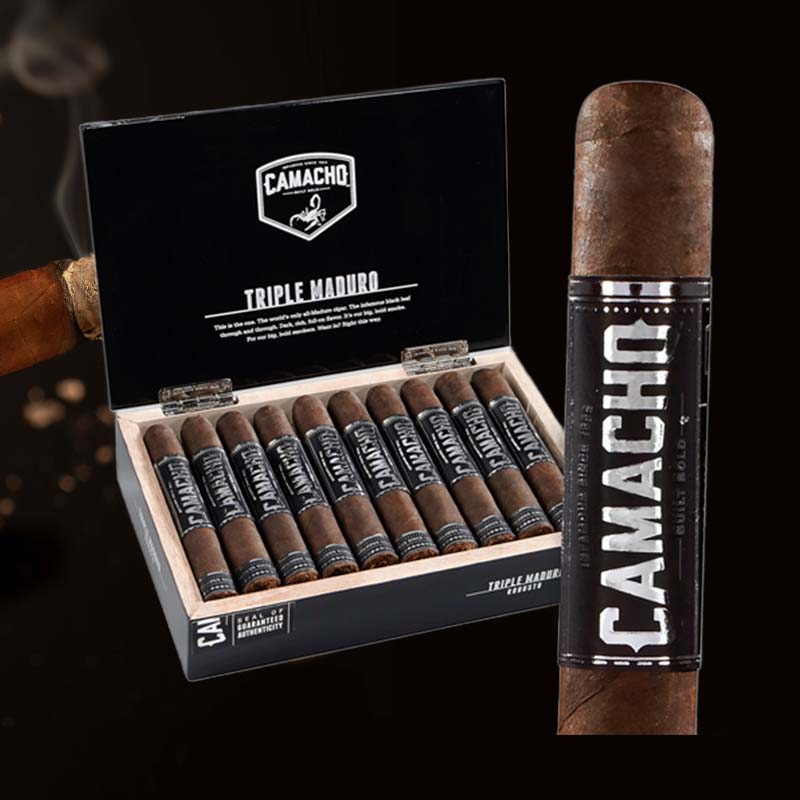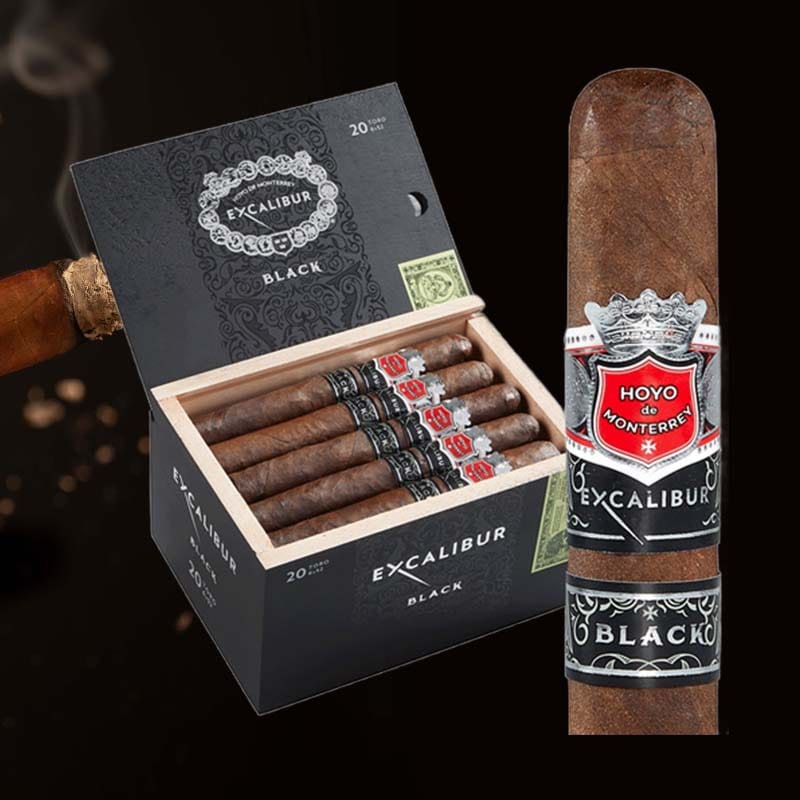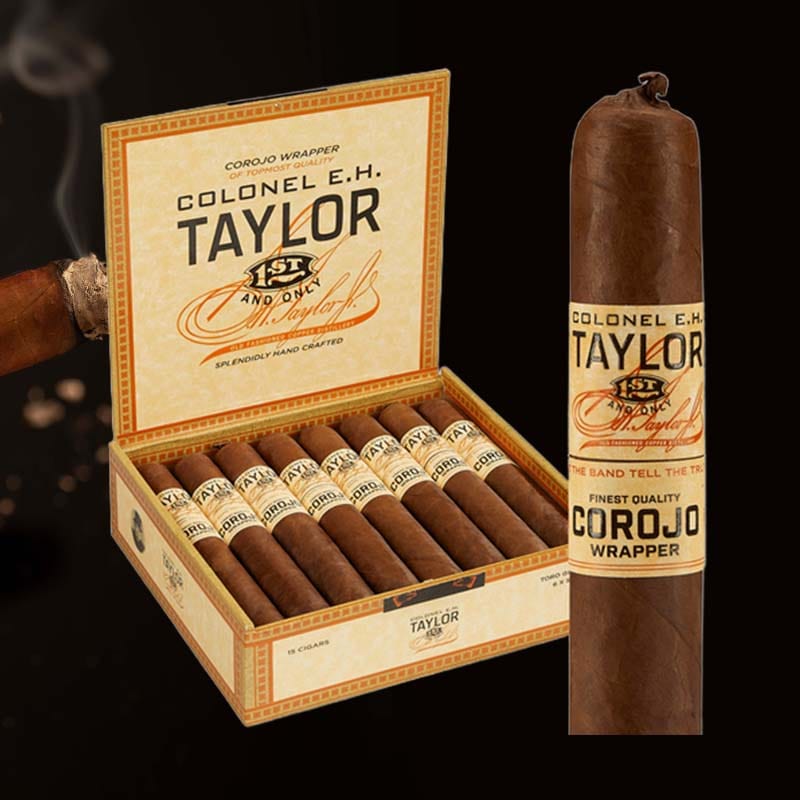How to fix torch not lighting
Introduction: Fixing Your Torch Lighter
Have you ever found yourself in the middle of a relaxing evening, perhaps enjoying a cigar, only to discover that your torch lighter won’t ignite? The frustration can be palpable, as these little devices seem to have a mind of their own! As a longtime tobacco enthusiast, I’ve faced this exact scenario. I felt a mix of irritation and helplessness, knowing that my enjoyment of that perfect smoke was waiting on a malfunctioning tool. But, fear not! In this guide, I’ll take you step-by-step through the process of diagnosing and fixing your torch lighter to ensure smooth lighting every time.
Understanding Common Problems
Before diving into repairs, it’s essential to grasp what might cause a torch lighter not to light. Common culprits include:
- Low or empty fuel
- Clogged or dirty ports
- Faulty ignition mechanism
- Improper flame settings
Step 1: Gather Required Tools
Essential Tools for Torch Repair
To get started, you’ll want to gather a few basic tools. I recommend:
- Small screwdriver (if your torch has screws)
- Soft cloth or paper towels
- Compressed air canister
- Butane fuel
Step 2: Diagnosing the Issue
Identifying Signs of a Non-lighting Torch
Before starting any repairs, I take a moment to assess the situation. If my torch is hissing but not igniting, it often indicates a fuel issue. A lack of any sound at all often suggests a more profound ignition mechanism problem. Look for visible signs like gas leaks or changes in fuel level.
Step 3: Troubleshooting the Igniter
How to Test Ignition Mechanism
The ignition system is crucial for your torch. I usually perform a simple test: click the igniter while looking closely to see if the spark is functioning. If there’s no spark, the igniter may need replacement or cleaning.
Step 4: Checking the Fuel Cylinder
Ensuring Fuel Availability
Next, I check the fuel level. If the fuel is low, that’s an obvious fix; refill it carefully following the manufacturer’s instructions. If I find my torch still won’t ignite, I consider that perhaps the fuel is too old or contaminated.
Step 5: Assessing Cleanliness
Cleaning Tips for Optimal Performance
Clogged ports are often overlooked, but they can significantly affect performance. I use compressed air to blow out any accumulated debris gently. It helps clean out the torch without damaging the internal parts.
Step 6: Adjusting the Flame Height
How to Properly Adjust Flame Settings
Sometimes, the flame height can be set too low. I locate the flame adjustment knob and turn it slowly to find the optimal height that produces a strong, consistent flame.
Step 7: Bleeding and Refilling the Torch
How to Properly Bleed the Tank Before Refilling
If my torch refuses to light despite having fuel, I consider bleeding it first. I know to do this safely by pressing the valve with a small screwdriver, allowing any trapped air to escape. This step helps create a proper fuel-to-air ratio.
Step 8: Refilling with High-Quality Butane
Choosing the Right Butane for Your Torch
When I refill, I always opt for high-quality butane. Lesser quality fuels can lead to clogged valves and improper functionality, ruining the smoking experience.
Step 9: Checking for Blockages
Identifying and Clearing Clogs
Even after cleaning, I ensure that there are no blockages in the gas ports. A thorough visual inspection usually helps me identify any remaining issues.
Step 10: Final Assembly
How to Reassemble Your Torch Safely
After ensuring that every part is clean and functional, I carefully reassemble the torch. It’s vital to double-check that all parts are securely in place to avoid future issues.
Troubleshooting Additional Issues
Common Problems Not Covered in Steps
If my torch still refuses to cooperate, I consider checking the warranty or seeking professional repair services. Sometimes parts just wear out and may need replacing.
Final Checks Before Use
Ensuring Everything is in Working Order
Before I use the torch again, I always perform a final check. I ensure the fuel is filled, the igniter works, and the flame height is adjusted. With these precautions, I can enjoy that cigar without worry.
Conclusion: Enjoying Your Flawless Torch
Maintaining Your Torch for Longevity
A well-maintained torch can last many years. Regular cleaning, refilling with quality fuel, and checking for issues can spell the difference between an enjoyable smoking experience and frustration. With these easy steps, I’m confident you’ll enhance the performance of your torch and, in turn, your cigar enjoyment.
FAQ
Why is my torch lighter not igniting?
When my torch lighter won’t ignite, it’s usually a sign of low fuel or a malfunctioning igniter. Performing a quick diagnostic check helps clarify the problem.
Why is my torch hissing but not lighting?
A hissing sound typically indicates that fuel is leaking. I often recommend checking the fuel levels and ensuring there are no blockages in the fuel line.
What to do when your torch doesn’t work?
If my torch isn’t working, I follow a systematic troubleshooting process, checking for fuel levels, clogs, and the igniter mechanism before reaching for professional help.
Why does my torch stop lighting?
Your torch might stop lighting due to clogging, low fuel, or an overstressed igniter. I find that regular maintenance can prevent these frustrating issues from arising.

















